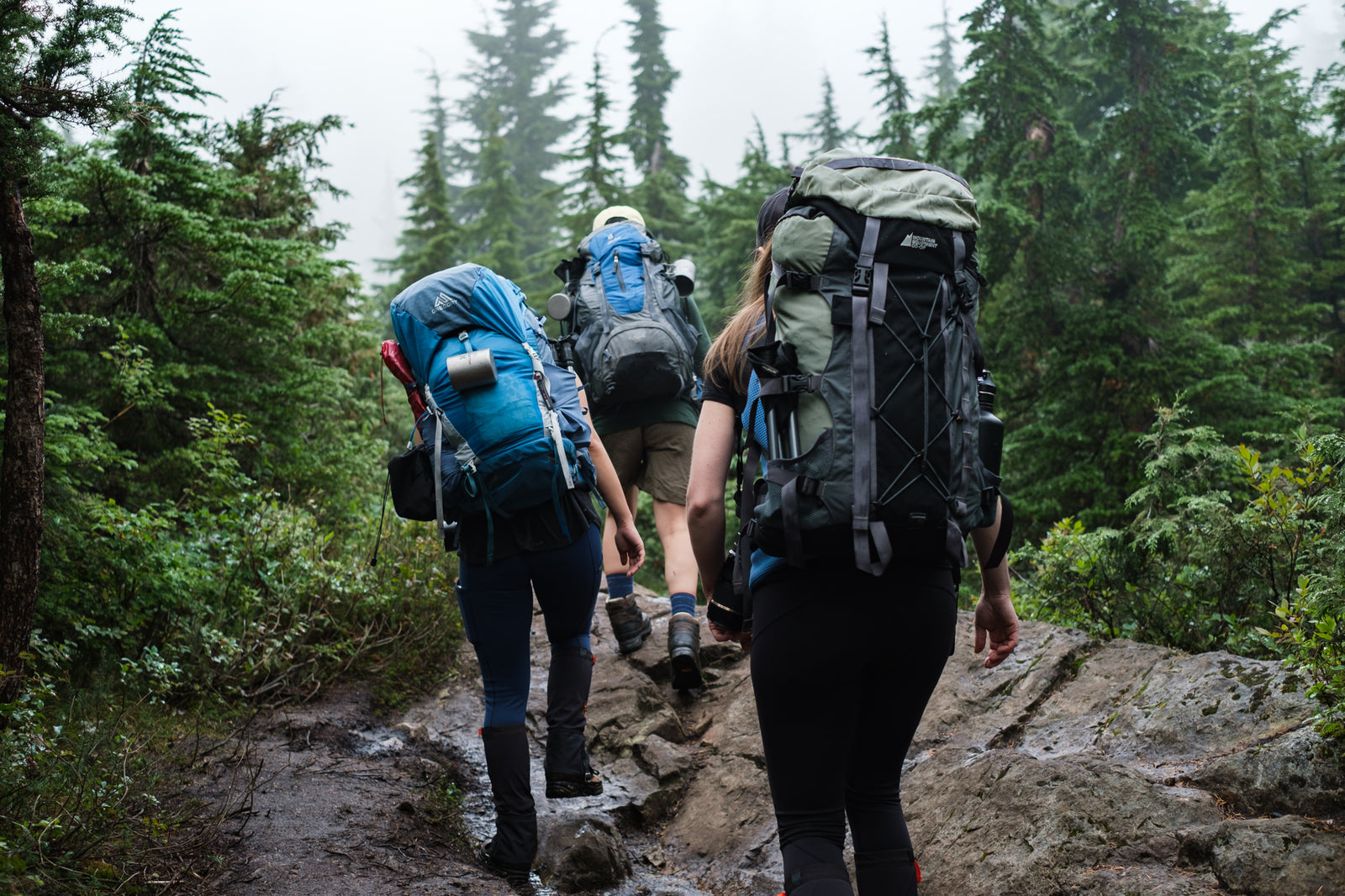Shoulder season is typically defined as the period leading up to or following the peak season of wherever your destination may be. In the case of hikers in North America, we are just about approaching our shoulder season before our “peak” hiking season.
Some hikers and backpackers even prefer shoulder season as opposed to the peak season for various reasons. For one, the weather is much milder. You can still enjoy the remnants of snow on the trails without needing to brave sub-zero temperatures. At the same time, you won’t need to worry about keeping cool either.
For this reason, it may be a bit more tricky to pack for your shoulder season hikes. We are here to help!
- Bring your 10 Essentials. This is #1 on any packing list. No matter what the season or destination may be, your 10 essentials are a must (hence the word “essentials” right there in the name!). What are the 10 Essentials?
- Check the latest update of the snow conditions on the trail you will be hiking. This includes any avalanche warnings if any. Although it may be warmer in the city, snow and ice have not yet melted on the higher section of trails. Depending on the snow/ice conditions, pack a pair of trail traction devices that you can easily carry and access in case you meet an icy patch on your hike.
- Prepare for precipitation. For yourself, a waterproof jacket you can easily throw on, and for your pack, a pack liner or waterproof packing cubes as well as a pack cover. Shoulder season weather is the least predictable, and you don’t want to be caught in the rain and get your essentials wet (especially the first aid kit, your matches, or your dry clothing!).
- Be mud-prepared. On the lower section of the hikes where snow and ice have just recently melted, hikers are bound to meet multiple muddy patches. Be sure to have gaiters to prepare for the mud and bring an extra pair of socks.
There is no “bad” season for hiking when you know how to be prepared! Remember to leave no trace and respect the trails and the people around you. Happy hiking :)
